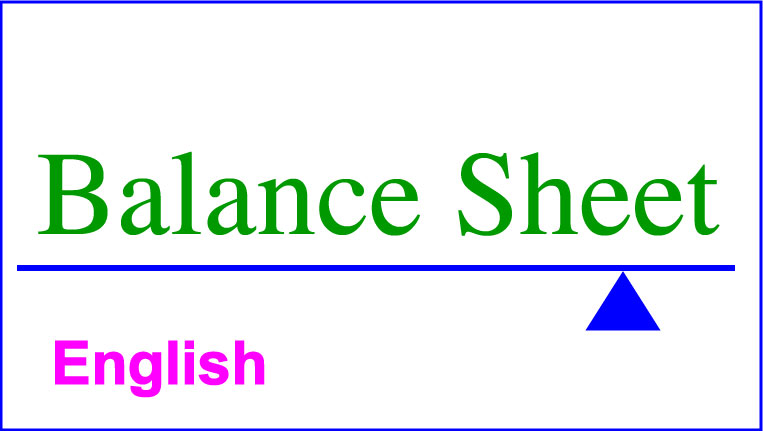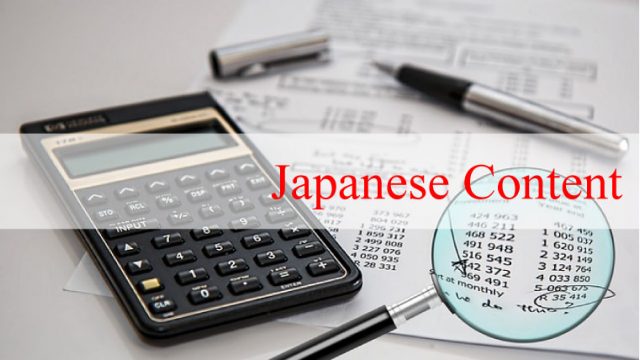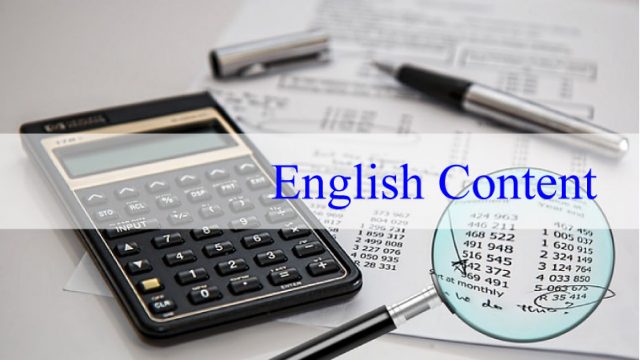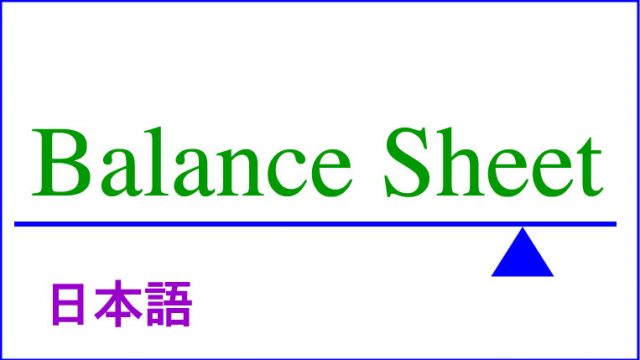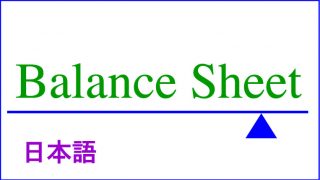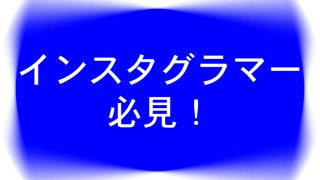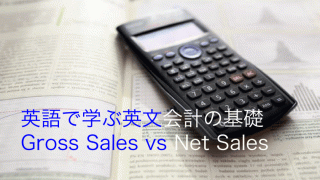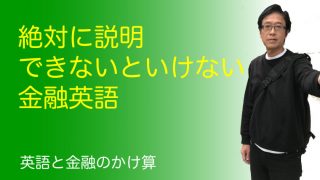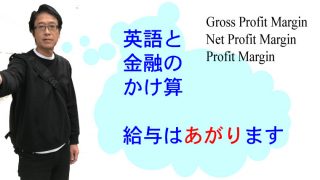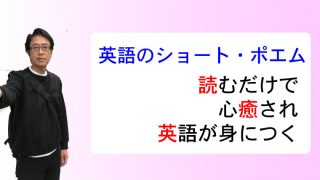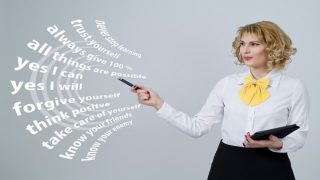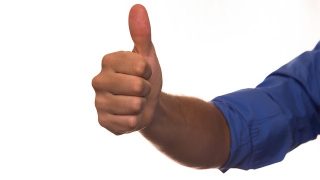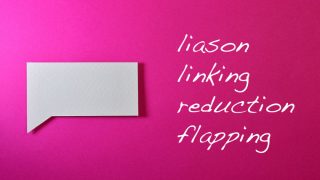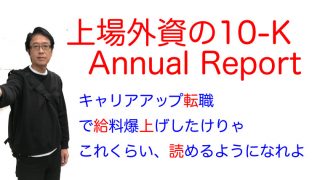財務の基本である、貸借対照表の解説を中学で学ぶ英語で理解することを目標にしている記事です。
ビジネス英会話、MBA取得者のスキルアップ、ビジネススクールにこれから留学を検討している方、外資系金融機関への転職、金融・投資に関する知識を英語で学びたい方、M&Aなどについて基本を学びたい方に企業財務の基本諸表である貸借対照表(Balanace Sheet )について英語で解説します。
まずは、MP3を聴きながら貸借対象の仕組みを理解。
目次
Structure of Balance Sheet
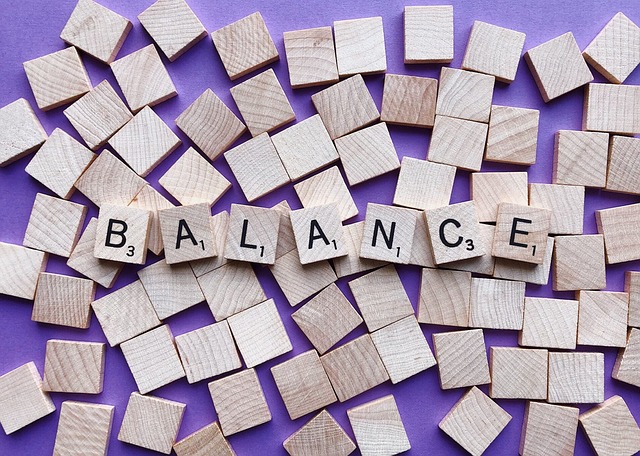
Listen to the audio file and see if you can understand the explanation.
Balance sheet is one of the three fundamental financial statement besides P&L (Profit and Loss) Statement, Cash Flow Statement.
It describes the company’s total asset and how these asset were financed. Either through debt or through equity.
First thing you must understand when reading a balance sheet is that
right side and left side are balanced equally in the middle.
Looking at the following table Sum of Asset on the left side should equal to the right side to the Sum of Liability and Equity.
Right side represents the way how you financed your capital. Liability means you loaned money. Meaning that you must return them back at a predetermined schedule. On the other hand, Equity represents money that you do not have to return.
Left side represents how you spent. You either financed through borrowing or raised capital through equity for the purpose of proceeding your business. Your business needs certain assets such as say computers, copy machine and others. You must spent those capital in certain ways to process your business. These are described in the left side of the balance sheet.
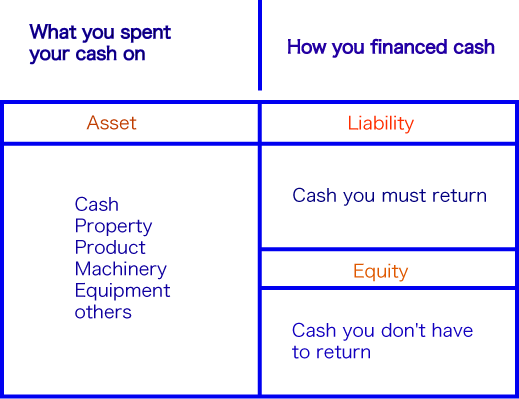
Now, explain about Balance Sheet using your words back to me.
Let’s look at the components.
Listen carefully.
Components of Asset
Asset on the left side of the Balance Sheet is broken down into several components.
Current Asset
Current asset includes cash plus assets that are convertible to cash or can easily be sold during the fiscal period. We call this cash equivalent.
These are the assets that are directly related to business operation.
Fixed Asset
Fixed asset is an asset that firms use to operate their business. This component is broken down into two categories.
Tangible Asset
Property, plant and equipment are included in this category.
Intangible Asset
Goodwill, leaseholds, patent and rights are included in this category.
Investment and Other Asset
This component expresses all holding if investment and or loans made to other firms such as subsidiaries.
Deferred Charges
This component includes expenses such as Inaugural expenses, Stock or bond issuance costs and others.
Let’s listen to Liability
Components of Liability
Liability is devided into two categories. Current Liability and Fixed Liability.
Current Liability
Notes payable, Accounts payable-trade, short term loans payable are included in this category.
Fixed Liability
Bonds payable, Long term loans payable, Allowances of nature of liabilities are included n this category.
Let’s listen to equity. See if you can catch up.
Let’s listen to equity.
Components of Equity
There are 4 components n this category.
Capital Stock, Capital reserve, Legal Reserve of Retained Earnings, Other Surplus (or Loss) are included in this category.
Summary
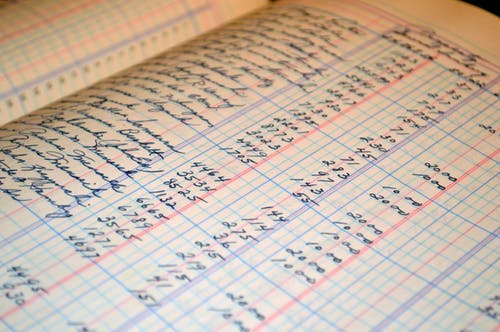
Balance sheet is a very simple statement. The point that you need to concentrate is the risk of bankruptcy. If Liability>Equity, means all profit will pass through to banks.
The other point that is important is whether the financed capital is effectively used or not. To determine these points you need to look into the breakdowns.
i hope it helps
stephen pong
外資系企業への英語面接サポート・サービスで不安を解消しましょう!
stephenpong.com では、おひとりおひとりに合わせて
英語面接のサポートをレジュメの作成段階からご指導致します
まずは、お問い合わせください
自分で用意した英文レジュメはこれでいいのかな?
英語面接の質問とその答え方はどう準備したらいいの?
英語の面接に不安を感じる、模擬面接で練習したい?!
これらのお悩みをすべて解決します!
お気楽に下記フォームからご相談ください!
人生を動かしましょう!
ごく稀に、返信メールがお客様の迷惑フォルダに紛れ込んでいる場合がありますのでご注意ください。
